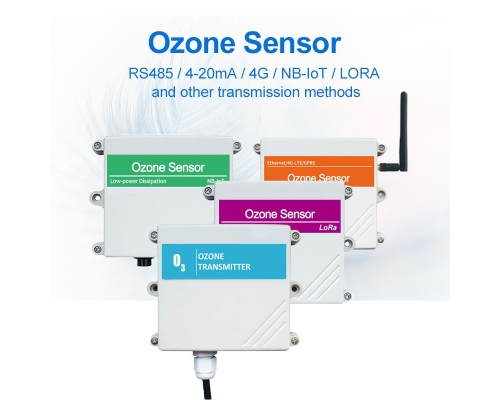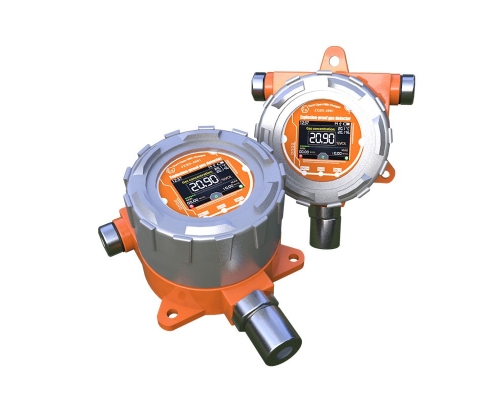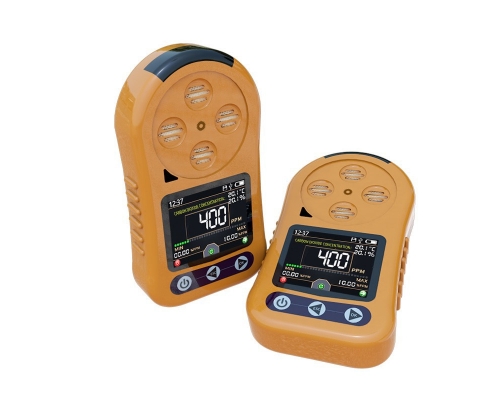
Ozone Sensor Technology: The Future of Air Quality Monitoring
One such technology is the ozone sensor, which is designed to measure the concentration of ozone in the air.

One such technology is the ozone sensor, which is designed to measure the concentration of ozone in the air.
Air pollution is a major concern for public health, and ozone is one of the most harmful pollutants present in our atmosphere. Exposure to high levels of ozone can cause respiratory problems, reduce lung function, and trigger asthma attacks. Ozone can also damage crops and other vegetation, leading to reduced crop yields and loss of biodiversity. In recent years, there has been an increased interest in developing technologies that can accurately measure ozone levels in the atmosphere and help monitor and manage air quality.
One such technology is the ozone sensor, which is designed to measure the concentration of ozone in the air. Ozone sensors are widely used in industries such as automotive, aerospace, and agriculture, as well as in research and monitoring activities. With the growing concerns about air pollution and its impact on human health and the environment, ozone sensors are becoming more important than ever before.

Ozone is a gas that is naturally present in the atmosphere, and it plays an important role in protecting us from the harmful effects of the sun's ultraviolet (UV) radiation. However, when ozone is present at ground level, it becomes a harmful pollutant that can have serious health and environmental impacts.
Exposure to high levels of ozone can cause a range of respiratory problems, including coughing, chest pain, and shortness of breath. It can also reduce lung function, making it more difficult for people with asthma or other respiratory conditions to breathe. In addition to its effects on human health, ozone can also have significant environmental impacts.
For example, ozone can damage crops and other vegetation, leading to reduced crop yields and loss of biodiversity. Ozone can also have an impact on the climate, as it is a greenhouse gas that contributes to global warming. Overall, it is clear that ozone is a pollutant that needs to be carefully monitored and managed to minimize its impacts on human health and the environment.

Ozone sensors are designed to measure the concentration of ozone in the air, providing accurate and reliable data on ozone levels. Ozone sensors come in different types, including electrochemical sensors, ultraviolet (UV) photometric sensors, and gas chromatography-mass spectrometry (GC-MS) sensors. Each type of gas sensor has its own advantages and disadvantages, and the choice of sensor depends on the specific application and requirements.
One of the main advantages of ozone sensors is that they can provide real-time data on ozone levels, allowing for quick and effective management of air quality. This is particularly important in urban areas, where high levels of ozone can be a major problem. By using ozone sensors to monitor air quality, it is possible to identify areas where ozone levels are particularly high and take steps to reduce emissions in those areas.
Ozone sensors are also widely used in research activities, allowing scientists to better understand the sources and impacts of ozone pollution. This information can then be used to develop effective strategies for reducing ozone pollution and protecting public health and the environment.
In addition to their use in monitoring and research activities, ozone sensors are also used in a wide range of industries, including automotive, aerospace, and agriculture. In the automotive industry, for example, ozone sensors are used to measure the level of ozone in exhaust gases, helping to reduce emissions and improve air quality. In the aerospace industry, ozone sensors are used to monitor the ozone levels in the atmosphere at high altitudes, where ozone can have a significant impact on aircraft and other equipment.

In the agricultural industry, ozone sensors areused to monitor the level of ozone in greenhouses and other indoor environments, where high levels of ozone can be harmful to crops. By using ozone sensors to monitor and control ozone levels in these environments, it is possible to improve crop yields and protect plants from damage.
Another key advantage of ozone sensors is that they are becoming increasingly affordable and accessible. As the technology has advanced and become more widespread, the cost of ozone sensors has decreased, making them more accessible to a wider range of users. This has led to a proliferation of new applications and innovations in the field of air quality monitoring and management.
However, despite the many advantages of ozone sensors, there are still some challenges that need to be addressed. One of the main challenges is the need for accurate calibration and maintenance of the sensors. Ozone sensors can be affected by factors such as temperature, humidity, and other environmental conditions, and it is important to ensure that the sensors are properly calibrated and maintained to ensure accurate and reliable data.
Another challenge is the need for standardization and consistency in the measurement and reporting of ozone levels. There are currently no universal standards for ozone monitoring, and different organizations and agencies may use different methods and criteria for measuring and reporting ozone levels. This can make it difficult to compare and analyze data from different sources, and can hinder efforts to develop effective policies and strategies for managing ozone pollution.
Despite these challenges, the development and use of ozone sensors represents a significant step forward in the management of air quality and the protection of public health and the environment. As the technology continues to advance and become more widespread, it is likely that we will see even more innovations and applications in this field in the years to come.